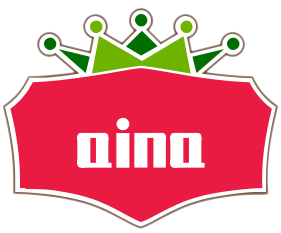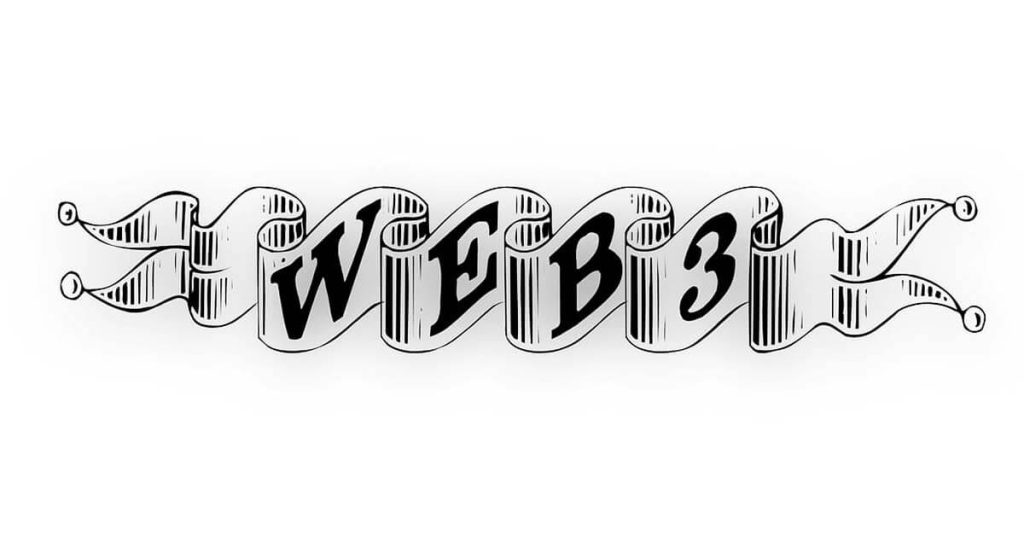Overview
Hyperlane is a permissionless, modular interoperability protocol purpose-built for cross-chain communication.
By enabling seamless messaging and asset transfers between over 140 blockchain ecosystems—including Ethereum, Solana, Cosmos, and more—Hyperlane is reshaping the cross-chain landscape with universal connectivity and powerful developer composability.
Hyperlane Ecosystem
Supported Networks: Hyperlane operates across more than 140 blockchain networks.
Its architecture is compatible with various VMs, such as EVM, SVM, and CosmWasm, enabling integration with rollups, app-chains, and L1s.
Key Infrastructure:
Mailbox Contract: Deployed on each supported chain to serve as the messaging interface.
Warp Routes: Facilitate secure, slippage-free asset bridging—supporting ERC-20, ERC-721, and native tokens.
Interchain Gas Payments: Streamline transaction fee management for users and developers.
Modular Security: Via Interchain Security Modules (ISMs), developers can customize security to meet their app’s requirements, a significant evolution from rigid bridging protocols.
Prominent Integrations: Projects like OpenUSDT and Renzo leverage Hyperlane to support native, multi-chain token experiences. Hyperlane has become instrumental for DeFi protocols, NFT platforms, and governance tools aiming to operate seamlessly across blockchains.
Volume & Usage: Hyperlane has processed over 9 million cross-chain messages and enabled the transfer of approximately $6 billion in value since inception.
Tokenomics & HYPER Price
Token Utility: The native HYPER token powers staking, validator incentives, governance, and expansion rewards within the Hyperlane ecosystem.
Supply:Fixed at 1 billion tokens, distributed over 25 years.
Rewards: Staking HYPER provides liquid stHYPER tokens and HyperStreak multipliers for consistent participation.
Market Price:
As of July 15, 2025: $0.41–$0.45** per HYPER, with recent highs at $0.65 and a circulating supply of approximately 175 million tokens.
Forecasts for 2025 place the average price around $0.43–$0.47.
Market Metrics:24-hour trading volumes average around $297 million; the current market capitalization is approximately $78 million.
Airdrop
Event:The main HYPER airdrop claim period ran from April 22, 2025, to May 22, 2025.
Allocation:7.5% of the total supply was dedicated to the airdrop, within a broader 25.5% reserved for Expansion Rewards (including future initiatives and staking incentives).
Claim Process: Airdrop eligibility was verified through an on-chain checker; users needed to claim by the deadline.
Supported Platforms:Claims were available on Arbitrum, Base, BSC, Cosmos, Ethereum, Optimism, Polygon, Solana, and zkSync.
Community & Adoption:The event generated significant attention, promoting both adoption and network effects across supported blockchains.
Foundation
The Hyperlane Foundation represents the interests of users and developers, serving as the steward of protocol development, governance, and ecosystem grants.
Mission:Advance open interoperability and empower teams, DAOs, and sovereign communities to launch cross-chain apps and tokens without restrictive intermediaries.
Structure: The Foundation helps coordinate protocol upgrades, security best practices, and ecosystem incentives for ongoing expansion.
Fundraising & Backing
Capital Raised: Hyperlane has secured at least $20 million in funding.
Notable Investors: Galaxy Digital, CoinFund, Circle, Figment, Blockdaemon, Kraken Ventures, and NFX support the project.
Competitive Advantages
Permissionless Deployment: Any developer, app, or chain can deploy Hyperlane—no centralized approval needed.
Modular Security: Flexible security choices set Hyperlane apart from monolithic bridges.
Universal Compatibility: Capable of supporting emerging rollup-centric and app-chain ecosystems.
Decentralization: The agent architecture separates security and transport, boosting both resilience and decentralization[1][3][4].
Use Cases
DeFi: Universal liquidity and composable asset flows across protocols.
NFT & Gaming: Cross-chain asset and metadata synchronization for multi-chain dApps.
Governance:Synchronized, interchain DAO proposal voting.
Emerging Applications: Hyperlane’s extensibility offers solutions for novel use cases yet to emerge in the dynamic Web3 ecosystem.
Hyperlane’s permissionless, modular approach—backed by strong capital support, robust tokenomics, and an increasingly vibrant community—places it at the forefront of interchain innovation, making it a core protocol within Web3’s cross-chain revolution.
What future developments could solidify Hyperlane’s role in creating an interconnected blockchain universe?
Future developments that could solidify Hyperlane’s role as the backbone of an interconnected blockchain universe include:
Expanding Chain Coverage: Hyperlane plans to continue rapidly onboarding new blockchains, including emerging L1s, rollups, and app-chains, further widening its network to support a truly global multi-chain ecosystem. This expansion enables more projects, users, and assets to interoperate seamlessly without centralized gatekeepers.
Advanced Modular Security Models:The evolution of Interchain Security Modules (ISMs) will provide highly customizable, trust-minimized, or trustless security options. These allow developers to tailor security guarantees specific to their applications, enhancing safety and decentralization while reducing reliance on validators.
Cross-VM and Cross-Execution Environment Support: Hyperlane is enhancing compatibility across multiple virtual machines (EVM, SVM, CosmWasm, etc.) and emerging modular blockchain architectures. This broad VM support ensures applications and assets can interoperate regardless of underlying chain technology.
Improved Developer Tooling and SDKs: Ongoing enhancements to developer experience, optimized documentation, standard interfaces, and powerful SDKs will lower barriers to building interchain applications. This will encourage more projects to leverage Hyperlane for permissionless cross-chain messaging and asset transfers.
Greater Protocol Decentralization and Governance: The introduction and expansion of the $HYPER token ecosystem support staking, validator incentives, and community governance, pushing Hyperlane towards a more decentralized, community-driven network that can evolve with collective input.
Interchain Application Growth and Ecosystem Development: As the foundational interoperability layer matures, a flourishing ecosystem of cross-chain DeFi, NFT, gaming, and governance applications will emerge, driving user adoption and valuable network effects. Real-world use cases that leverage interchain messaging and Warp Routes will demonstrate concrete value.
Integration with Modular Blockchain Infrastructure:Collaborations with modular blockchain frameworks (e.g., Celestia, Arbitrum Orbit) and interoperability enhancements like EigenLayer integration will place Hyperlane at the center of next-gen blockchain scalability and composability efforts.
User Experience and Cross-Chain UX Innovations:Initiatives to simplify cross-chain interactions for end-users—such as unified wallets, seamless asset transfers without slippage, and coordinated governance—will reduce fragmentation and accelerate onboarding.
Together, these developments align with Hyperlane’s vision of achieving an “interchain singularity”—a future where disparate blockchains and decentralized applications interconnect effortlessly, unlocking the full potential of an open, permissionless, and composable Web3 ecosystem without the bottlenecks of centralized bridges or fragmented liquidity.
In summary, Hyperlane’s future hinges on broadening chain support, enhancing modular security, expanding cross-VM compatibility, enriching developer and user experience, and driving community governance.
These will firmly establish it as the foundational interoperability layer that powers the blockchain universe’s next evolutionary phase.

